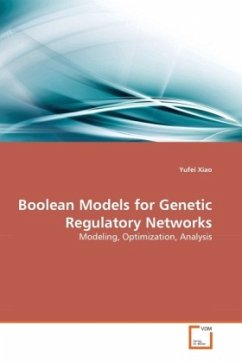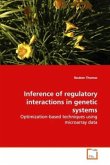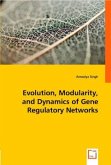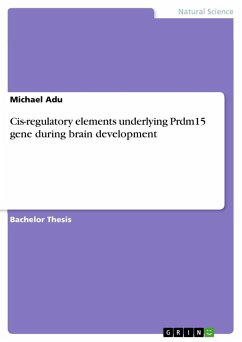Human has about 30,000 genes, which govern who we are and how we live. During the past fifty years or more, our understanding of the genome has advanced tremendously. Among the many accomplishments is the realization of how genes, RNAs and proteins interact and work in a coordinated manner to form the so called genetic regulatory networks. It opens up the door for studying the genome as a system, not individual genes. As an engineer, the author studies genetic regulatory networks through mathematical models and engineering methods. This book focuses on three vital problems in the genetic regulatory networks: modeling, optimization and robustness analysis, and the author uses Boolean models to study them. The book is intended for mathematicians, engineers, computational biologists and computer scientists who are interested in genes and genetic regulations, especially those who are in this field and want to apply the techniques to their own research. Readers are expected to have a good understanding of Boolean logic, probability and calculus, with some concept of mathematical optimization.
Bitte wählen Sie Ihr Anliegen aus.
Rechnungen
Retourenschein anfordern
Bestellstatus
Storno








